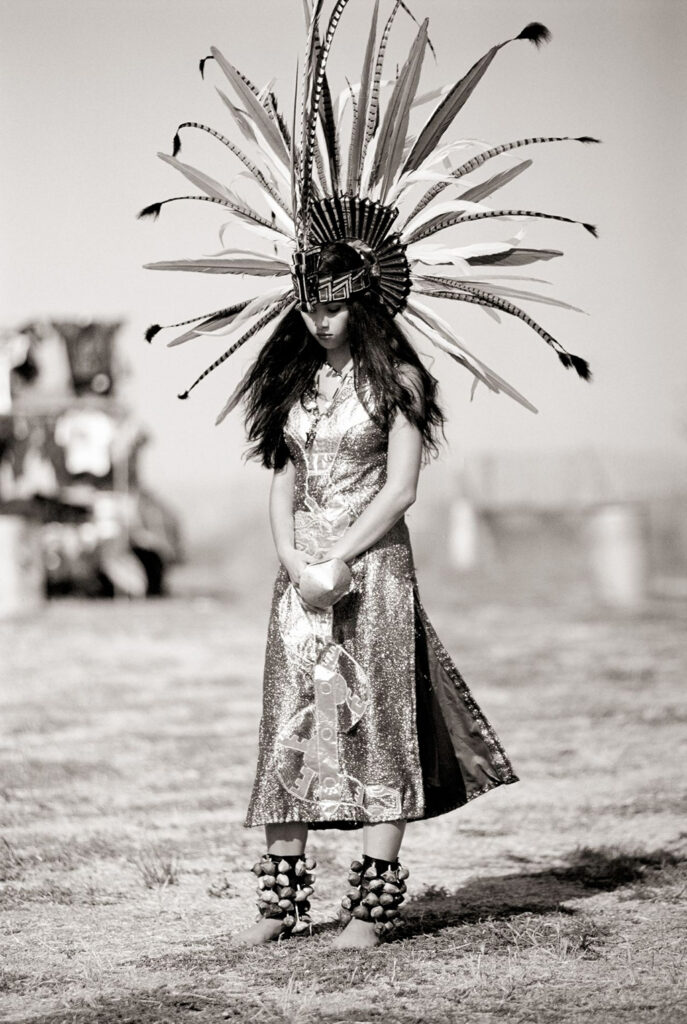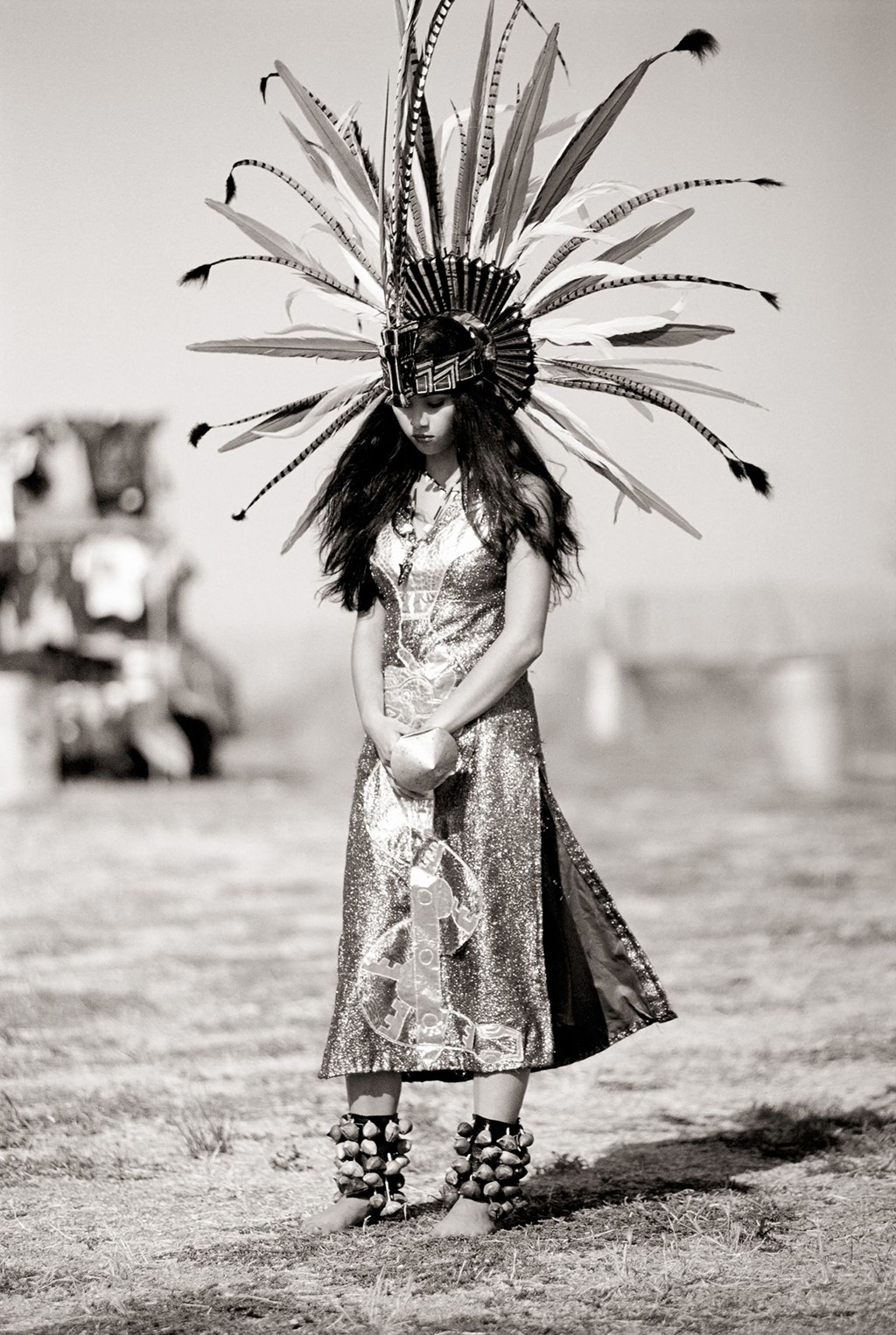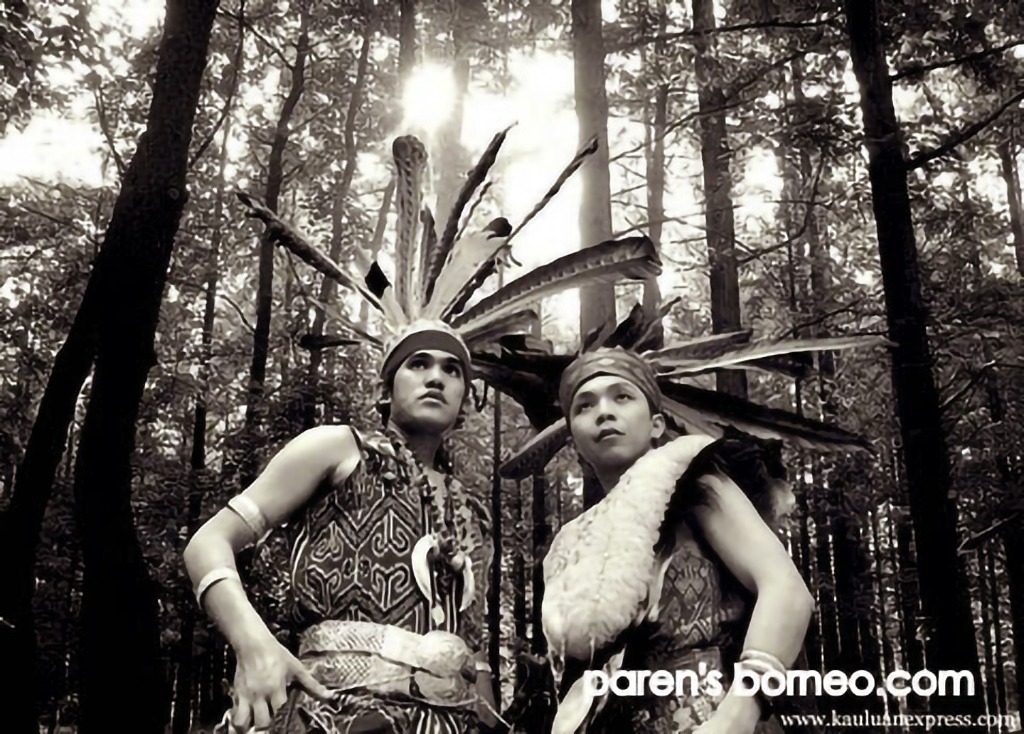
Aztec And Dayak: The Same Also but From Different Sides of The World?
Exploring Connections: Aztec Dancers and Dayak People from Different Sides of the World
Explore the striking similarities between Aztec dancers of the Americas and the Dayak people of Borneo. Could these vibrant cultures share a deeper connection, despite being worlds apart? Dive into their traditions and discover the parallels!


Could Aztec Dancers and Dayak People Share a Deeper Connection?
When we think about the Aztec dancers of the Americas and the Dayak people of Borneo, they seem worlds apart — both geographically and culturally. However, their vibrant traditional attire, symbolic rituals, and shared reverence for nature beg an interesting question: could they be connected somehow, perhaps through shared human history or parallel cultural evolution?
Aztec Dancers: Guardians of Ancient Traditions
Aztec dancers perform elaborate rituals steeped in the rich history of the Aztec civilization. Their dances are not mere performances but sacred ceremonies meant to honor their gods, ancestors, and nature. The intricate costumes they wear are adorned with feathers, shells, and vibrant colors, all symbolizing cosmic harmony and the elements of life.
Key elements of Aztec dance traditions include:
- Feathered Headpieces: Representing connection to the sky and gods.
- Drums and Rhythmic Beats: Mimicking the heartbeat of the earth.
- Sacred Movement: Reflecting unity with the natural world.
Dayak People: Spirit-Driven Rituals of Borneo
The Dayak people, native to the rainforests of Borneo, are known for their profound connection to the spiritual realm. Like the Aztec dancers, their ceremonies involve elaborate attire, symbolic gestures, and rhythmic music to invoke spirits and honor ancestors.
Core elements of Dayak traditions include:
- Traditional Beadwork and Tattoos: Representing life events and spiritual journeys.
- Dance and Music: A medium to communicate with the spirit world.
- Nature-Centered Beliefs: Revering rivers, mountains, and forests as sacred.
Striking Similarities Across Cultures
The parallels between Aztec dancers and the Dayak people are compelling:
- Elaborate Attire: Both cultures use feathers, beadwork, and vibrant colors in ceremonial dress.
- Spiritual Connection: Each group uses dance as a sacred practice to honor the divine.
- Communal Participation: Ceremonies serve as a unifying force within their communities.
- Reverence for Nature: Deep respect for the earth as a life-giving force.
A Shared History or Parallel Evolution?
Anthropologists and cultural historians often debate whether such similarities arise from shared ancestry or independent cultural development. Migration theories suggest that ancient peoples may have traveled vast distances, sharing knowledge and traditions along the way. Alternatively, human societies, regardless of location, may develop similar cultural practices when faced with similar environmental and spiritual needs.
Conclusion: Worlds Apart, Yet Spiritually Alike
While the Aztec dancers and Dayak people hail from different sides of the globe, their cultural expressions reveal strikingly similar values and beliefs. Their shared emphasis on nature, spirituality, and vibrant ceremonial art forms highlights the universality of human creativity and the enduring quest to connect with the divine.
Could these cultural echoes point to a common origin or simply parallel paths of human ingenuity? Either way, they serve as a beautiful reminder of the shared human spirit that transcends borders.
Call to Action: Dive deeper into the rich traditions of indigenous cultures worldwide. Share your thoughts on the connections between the Aztec and Dayak people in the comments below!





Responses